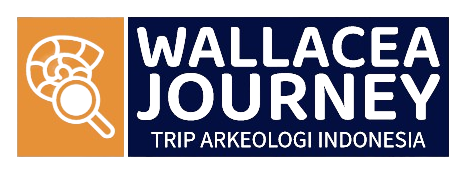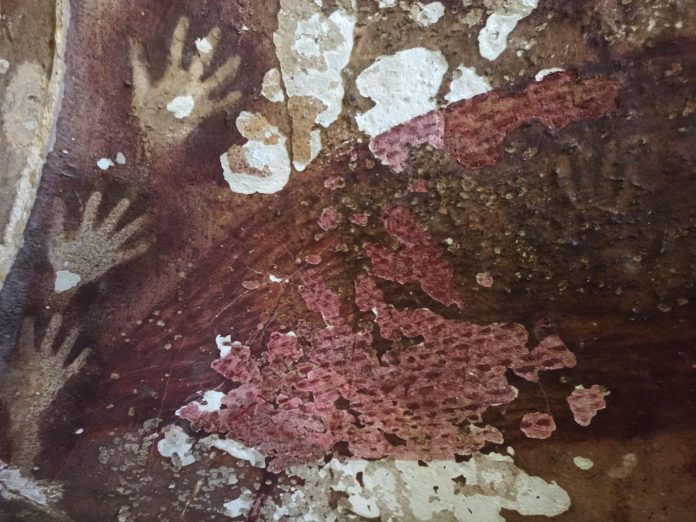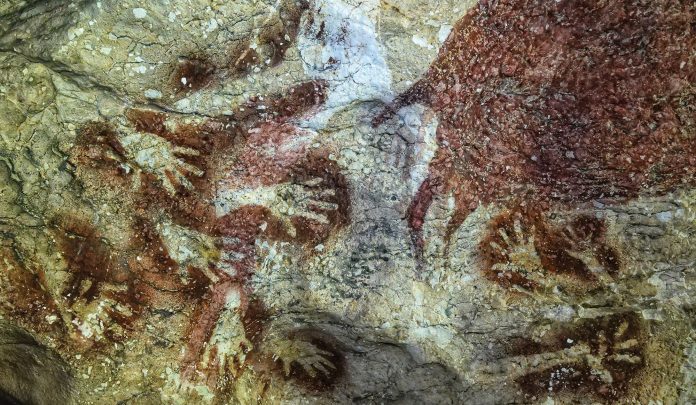Have you heard of Fort Somba Opu? It’s one of the most fascinating historical sites in Makassar, Indonesia. Its name is a combination of two words: “Somba” was the title of the first king of Gowa, which means worship, honour and respect.” and “opu,” means a title of Bugis nobility The fort is located in the center of Makassar City, and it has a rich and long history.
Let me tell you the story of Somba Opu. It all started when the Kingdom of Gowa, led by King Gowa IX, Tumapa’risi Kallonna (1510-1546), moved the capital from the hill of Tamalate to Somba Opu. He then built a palace and fortified it with mounds of clay, which we now know as Fort Somba Opu. Karaeng Tumapa’risi Kallonna also built a dock that served as a harbor for commercial ships sailing to the eastern region of the archipelago. This fort was a symbol of the power of the influential Gowa Kingdom in South Sulawesi at that time. It was the center of government, defense, and trade.

In the 17th century, the fort was used by the Kingdom of Gowa and the Kingdom of Makassar to fight the Dutch. The Dutch took over Makassar in 1669. The Dutch later renovated and expanded the fort. During the Dutch colonial period, the fort was used as a military headquarters and administrative center. However, during the Indonesian national awakening, the fort became an important place in the resistance against the colonizers.
After Indonesia gained its independence in 1945, Somba Opu Fort was preserved and maintained as a historical heritage. Today, the fort is a popular tourist destination in Makassar.
Remains of Colonial Archaeology at Fort Somba Opu
In a book called Asia in the Making, Europe Vol III, it’s also said that
“Reports from European during first years of seventieth century, already depicted Makassar (Gowa-Tallo), as a powerful kingdom and a major commercial entrepot” (Donald F Lach& Edwin J. Van Kley)”
Tome Pires’ account, The Suma Oriental, written between 1512-1515, contains information from his travels around the world. One of them was when he visited Maluku and Java through Makassar. He wrote:
“There are boats and ships of commerce from many countries and nations in the port of Makassar.“
Somba Opu’s glory was buried for 300 years and rediscovered in the 1970s. After various researches from various fields of science, quite a lot of information can be found through the existence of this fort. Plus, there are lots of interesting artifacts stored underground. Since the 1980s, various archaeological excavations have uncovered a number of interesting findings, including kupa and dinara currencies that suggest the Kingdom of Gowa had its own currency. There are also bricks decorated with jangang-jangang letters that provide information about the Lontara writing made by Daeng Pamatte, which was used around Somba Opu.
There are also foreign ceramic findings that indicate trade activities between countries, metalworking remains that show the Kingdom of Gowa was able to make metal weapons, and many more. Daeng Pamatte’s Lontara writing was used around Somba Opu. There were also foreign ceramic findings that provided information on trade activities between countries, metalworking remains that indicated the Kingdom of Gowa could make metal weapons, and many more.



